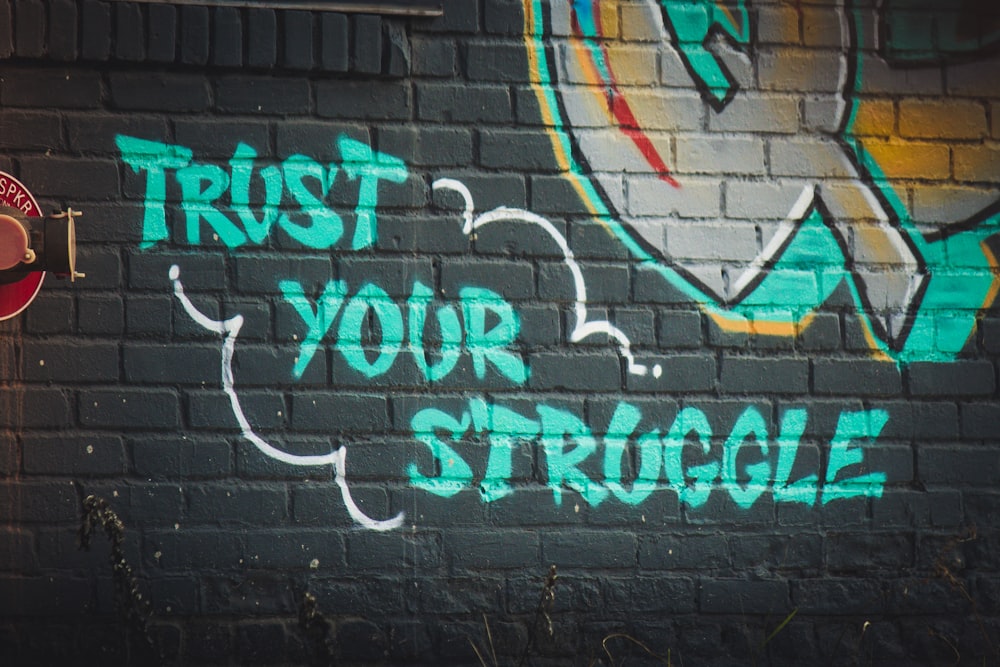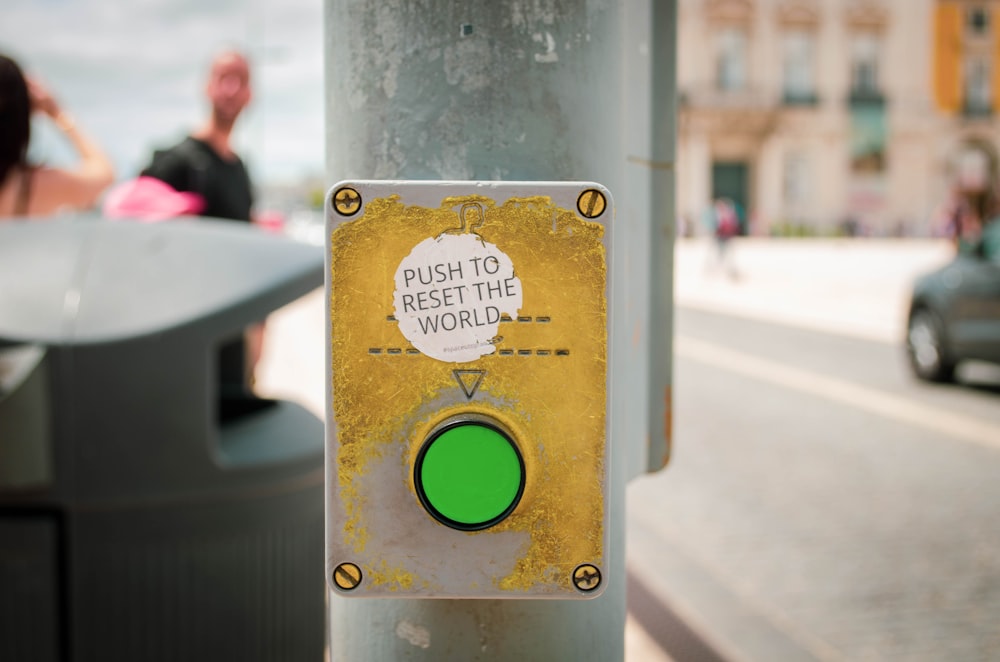Emotional healing is a complex process that takes time and patience. It involves a journey that can vary in length and intensity depending on the individual and the type of emotional trauma they are healing from. Understanding the stages of emotional healing can help individuals navigate this journey and find the support they need to heal.
Trauma and the Body

Research has shown that emotional trauma can indeed be stored in the body, leading to a variety of physical symptoms. For example, one study found that patients with chronic pain often have a history of trauma and that the pain may be related to the body’s response to the trauma. Another study found that individuals with post-traumatic stress disorder (PTSD) have greater physical health complaints, including pain and fatigue, compared to those without PTSD.
Various techniques can help release stored trauma in the body and reduce physical symptoms. Yoga has been shown to be an effective complementary therapy for individuals with PTSD, reducing symptoms such as anxiety, depression, and hyperarousal. Meditation has also been found to be helpful in reducing symptoms of PTSD and other trauma-related disorders. Somatic therapy, which focuses on the body’s physical sensations and experiences, has also been shown to be effective in treating trauma-related symptoms.
The 5 Stages of Emotional Healing

The five stages of healing are denial, anger, bargaining, depression, and acceptance. These stages were first introduced by Elisabeth Kubler-Ross in her book “On Death and Dying” in 1969, and have since been applied to the process of emotional healing as well.
- Denial: In this stage, individuals may refuse to accept that they have experienced emotional trauma. They may try to push their feelings away or downplay the severity of the situation.
- Anger: Once denial fades, individuals may start to feel anger towards themselves or others for the trauma they have experienced. They may feel frustrated, helpless, and resentful.
- Bargaining: In this stage, individuals may try to negotiate with themselves or a higher power to undo the trauma they have experienced. They may seek out ways to fix or reverse the situation.
- Depression: As individuals realize that they cannot undo the trauma they have experienced, they may experience deep sadness, grief, and a sense of hopelessness.
- Acceptance: In the final stage, individuals come to accept that the trauma has happened and begin to focus on healing and moving forward.
The Process of Emotional Healing: 7 Steps

The process of emotional healing can be broken down into seven steps. These steps were first introduced by John Bradshaw, a prominent therapist and author, in his book “Healing the Shame that Binds You.”
- Awareness: The first step in emotional healing is becoming aware of the emotional pain and trauma that needs healing. This involves recognizing the feelings and behaviors that are causing distress and identifying the source of the trauma.
- Acknowledgment: The second step is acknowledging the pain and trauma, and accepting that it is a part of one’s life. This involves admitting to oneself that there is a problem and taking responsibility for one’s own healing.
- Acceptance: The third step is accepting that healing is possible and committing to the journey. This involves letting go of any doubts or fears about the healing process and trusting that it is possible to move forward.
- Feel the Pain: The fourth step is allowing oneself to feel the pain and trauma without judgment or avoidance. This involves experiencing the emotions and sensations that come with the trauma, even if they are uncomfortable or painful.
- Grieving: The fifth step is acknowledging the losses that have come with the trauma and allowing oneself to grieve them. This involves recognizing the things that have been lost as a result of the trauma, such as trust, safety, or a sense of self, and allowing oneself to mourn these losses.
- Forgiveness: The sixth step is forgiving oneself and others for any harm caused by the trauma. This involves letting go of anger, blame, and resentment, and finding compassion and understanding for oneself and others.
- Moving Forward: The final step is making a commitment to move forward with a new sense of purpose and direction. This involves creating a vision for the future and taking steps to make that vision a reality, such as setting goals, seeking support, and engaging in activities that promote healing and growth.
Signs of Emotional Healing

- Increased Self-Awareness: As individuals move through the stages of emotional healing, they may become more self-aware, gaining a better understanding of their emotions, thought patterns, and behavior. This increased self-awareness can help individuals identify and change negative patterns, and develop greater self-acceptance and self-compassion.
- Improved Relationships: Emotional healing can have a positive impact on relationships, as individuals become better able to communicate their needs and emotions, and develop greater empathy and understanding for others. As individuals heal from past emotional wounds, they may find that their relationships become more fulfilling and positive.
- Greater Resilience: Emotional healing can help individuals develop greater resilience, or the ability to bounce back from challenges and adversity. As individuals work through past emotional trauma, they may develop greater coping skills and a stronger sense of inner strength and resilience.
- Improved Physical Health: Emotional healing can also have a positive impact on physical health, as it can reduce stress and improve overall well-being. Studies have shown that chronic stress and emotional trauma can lead to a range of physical health problems, including high blood pressure, heart disease, and autoimmune disorders. By reducing stress and promoting relaxation, emotional healing can help prevent these negative health outcomes.
Releasing Emotional Blockages

Releasing emotional blockages is an important part of the healing process, as it can help individuals move past negative emotions and experiences that may be holding them back. Here are some techniques that can help release emotional blockages:
- Mindfulness: Practicing mindfulness can help individuals become more aware of their emotions and thought patterns, and develop greater self-acceptance and self-compassion. Mindfulness techniques, such as meditation, deep breathing, and body scans, can help individuals release emotional blockages and promote relaxation and stress reduction.
- Journaling: Writing about one’s emotions and experiences can be a powerful way to release emotional blockages and gain clarity and understanding. Journaling can help individuals identify patterns and triggers, and develop a greater sense of self-awareness and self-reflection.
- Therapy: Working with a therapist can help individuals identify and release emotional blockages through techniques such as cognitive-behavioral therapy, somatic therapy, and EMDR therapy. These therapies can help individuals process past trauma, identify negative thought patterns and behaviors, and develop healthier coping skills and strategies for managing emotions.
Healing Time

The healing time for emotional trauma is highly variable and can depend on various factors such as the severity and duration of the trauma, the type of trauma, and the level of social support. While some individuals may start to experience healing within a few weeks or months, others may require years of therapy and support.
A study published in the Journal of Traumatic Stress found that the level of social support significantly impacts the healing process. The study found that social support was positively correlated with emotional healing among survivors of interpersonal violence. Participants who reported higher levels of social support had lower levels of post-traumatic stress disorder (PTSD) symptoms and were more likely to report a sense of growth and resilience after their trauma.
It’s also important to note that the type of trauma can impact the healing time. Complex trauma, which involves repeated and prolonged exposure to traumatic events, can take longer to heal from than single-event trauma. Additionally, childhood trauma can have long-lasting effects on emotional well-being and may require ongoing support and therapy to address.
Ultimately, the healing time for emotional trauma varies greatly depending on the individual and the circumstances of their trauma. Seeking support from a therapist, support group, or trusted loved one can be an important step in the healing process.
Starting the Journey

Starting the journey of emotional healing can be challenging, and it is essential to acknowledge that healing is a process that requires patience and self-compassion. Here are some additional details that can help in the process:
- Seek Support: Seeking support is a crucial step in the healing journey. A licensed therapist or counselor can provide a safe space to process emotions and develop coping strategies. Support groups also provide a supportive environment where individuals can connect with others who have experienced similar traumas and share experiences.
- Practice Self-Care: Self-care is an essential aspect of emotional healing. Engaging in activities that promote relaxation and well-being can help individuals manage their emotions and reduce stress. Activities like exercise, meditation, and creative pursuits, like writing or art therapy, can help individuals process emotions and reduce anxiety and depression symptoms.
- Be Patient: Healing from emotional trauma takes time, and it is essential to be patient and compassionate with oneself. It is also important to recognize that healing is not linear and that there may be setbacks along the way. It is crucial to give oneself grace and acknowledge that healing is a process.
Emotional Reset

An emotional reset is a technique that can help individuals manage their emotions when they feel overwhelmed. One strategy for an emotional reset is deep breathing. Deep breathing involves taking slow, deep breaths in through the nose and out through the mouth. This can help slow down the heart rate and promote relaxation. Mindfulness meditation is another technique that can be used to reset emotions.
This involves focusing on the present moment and observing one’s thoughts and feelings without judgment. Physical exercise can also be an effective way to reset emotions. Exercise releases endorphins, which are natural mood-boosting chemicals in the brain. It can also provide a healthy outlet for pent-up emotions and reduce stress levels.
Stages of Emotional Hurt

While emotional healing involves moving through stages of healing, emotional hurt can also be broken down into stages. The stages of emotional hurt are a framework for understanding the common emotional responses that individuals may experience after a traumatic event. These stages are often associated with the Kübler-Ross model of grief, which was originally developed to describe the stages of grief experienced by individuals who are dying or have lost a loved one.
The stages of emotional hurt may include:
- Shock: The initial response to a traumatic event may be shock, which can involve feeling numb, disoriented, or disconnected from reality.
- Denial: In this stage, individuals may struggle to accept the reality of the traumatic event and may experience feelings of disbelief or denial.
- Anger: As the reality of the situation sets in, individuals may experience intense feelings of anger or frustration. This can be directed at oneself, others, or the situation itself.
- Bargaining: In this stage, individuals may attempt to negotiate with themselves or a higher power in an attempt to change the outcome of the traumatic event.
- Depression: As the initial shock and anger wear off, individuals may experience intense feelings of sadness or depression. This can involve feelings of hopelessness, helplessness, or despair.
- Testing: During this stage, individuals may begin to explore new coping strategies or seek out support from others as they try to come to terms with the traumatic event.
- Acceptance: In the final stage, individuals may begin to accept the reality of the traumatic event and start to move forward with their lives.
It is important to note that not everyone will experience all of these stages, and the order in which they are experienced may vary. Additionally, the stages of emotional hurt are not a linear process, and individuals may move back and forth between stages as they work through their emotions and heal from the trauma.
Overall, understanding the stages of emotional hurt can be a helpful tool for individuals who are struggling to cope with a traumatic event. By recognizing and working through these stages, individuals can begin to heal and move forward with their lives.
Conclusion
In conclusion, emotional healing is a complex and multi-step process that involves understanding and addressing emotional trauma. Emotional trauma can be stored in the body, leading to physical symptoms, but can be treated through various techniques such as yoga, meditation, and somatic therapy. The five stages of healing – denial, anger, bargaining, depression, and acceptance – provide a framework for understanding the emotional journey of healing.
The stages of emotional healing can be broken down into seven steps – awareness, acknowledgment, acceptance, feeling the pain, grieving, forgiveness, and moving forward. Signs of emotional healing include increased self-awareness, improved relationships, greater resilience, and improved physical health. Releasing emotional blockages is an important aspect of the healing process that can help individuals move past emotional trauma and achieve greater well-being. Overall, emotional healing requires patience, self-awareness, and a commitment to the healing journey.




